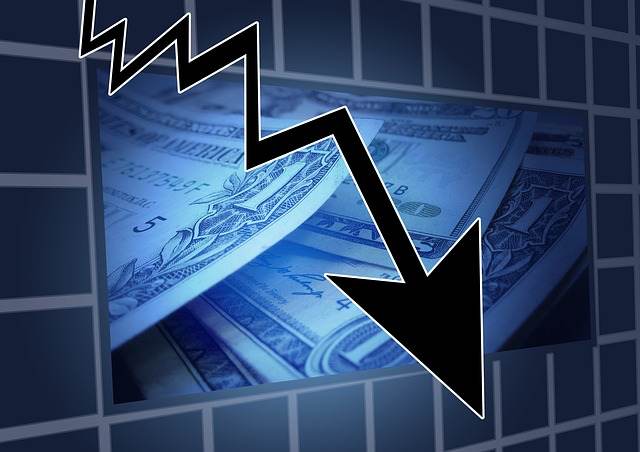Swiss Re estimates reinsurance capital has shrunk 30% in 2022

The Swiss Re Institute has estimated that traditional reinsurance capital has declined by 30% over the course of the first nine months of 2022, a far steeper decline than had previously been forecast.
The industry already knew that supply of reinsurance capital was constrained, on both traditional and alternative sides of the market, but Swiss Re’s estimate suggests a significant proportion of capital has been eroded and with little fresh capital coming in, this is accelerating and accentuating the hardening of reinsurance rates.
Discussing traditional reinsurance capital, Swiss Re Institute explained, “We estimate that reinsurance capital declined 30% through the first three quarters of 2022.”
Which has been at least in-part driven by “a broad-based drop in asset values” the reinsurers research institute said.
Which is exacerbating a reinsurance capital supply problem, as at the same time, “Even after adjusting for unrealised losses due to interest rate changes, exposures (as proxied by GDP) are rising faster than reinsurance capital.”
Further compounding the lack of traditional reinsurance capital and the effect this is having on the marketplace, alternative capital levels remained stubbornly flat through recent years, while trapped insurance-linked securities (ILS) capital has been rising, most recently driven higher by hurricane Ian.
The Swiss Re Institute noted that, “Historically, significant catastrophe events have sparked an influx of fresh capital, with alternative capital (AC) like insurance-linked securities offering a quick supply response, this moderating market cycles. AC now provides most of the retrocession market.
“However, levels of AC have stalled since 2018” and at the same time “ILS structures have become more exposed to loss creep and coverage disputes.”
To which the Swiss Re Institute added, “ILS investors are hesitant to commit fresh capital to natural catastrophe risks ahead of what could be another heavy-loss year, with economic inflation adding to valuation and pricing uncertainty.
“Globally, modeling gaps persist, profitability hurdle rates have risen with higher yields and spreads, and a significant amount of retrocession capacity (mostly AC) is trapped and may not be fully replenished for the 1 January renewals.”
With higher exposures, dented capacity available and risk appetites also diminished, “rising prices and tighter terms and conditions are an expected outcome,” Swiss Re’s Institute believes.
Adding that, “The prospect of still-elevated catastrophe losses and constrained capacity comes as geopolitical, economic and environmental uncertainties remain omnipresent.”
Earlier this year, rating agency AM Best and broker Guy Carpenter estimated that traditional reinsurance capital would fall roughly 8.5% to $435 billion by the end of 2022.
The pressures the market was facing that drove that forecast for a decline in reinsurance capital did persist and hurricane Ian also exacerbated the situation.
While some of the decline is likely to be recovered by year-end, as long as markets around the world remain more stable, the overall impact is significant.
But still, Swiss Re’s estimate, for a 30% decline in global traditional reinsurance capital is stark, as it’s the biggest annual fall in capital levels for a long time.
So, perhaps it’s no surprise we find ourselves in one of the hardest reinsurance market environments in history?
It’s also no surprise rates are now spiking for reinsurance, as well as for retrocession, for catastrophe bonds and also industry-loss warranties (ILW’s), as with capacity more scarce, risk aversion elevated, and the global cost-of-capital higher, the cost of coverage has risen commensurately.






